NVIDIA-Powered Freedom: KB’s Innovative Autonomous Wheelchair
In the realm of innovation and technology, a remarkable invention has surfaced that promises to transform the lives of individuals with mobility impairments. Kabilan KB, an undergraduate student and adept robotics developer from the Karunya Institute of Technology and Sciences, has ingeniously modified a regular wheelchair into an autonomous self-driving marvel. This invention is not just a testament to KB's prowess in robotics but also a beacon of hope for enhanced mobility and independence for people with disabilities.
At the core of this autonomous wheelchair is the powerful NVIDIA Jetson Nano Developer Kit, a compact yet potent computing system designed for AI and robotics. Equipped with depth and lidar sensors, along with USB cameras, the wheelchair possesses the extraordinary ability to perceive its environment, identify obstacles, and chart out an obstacle-free path to the user’s specified destination in real-time.
A Glimpse into the Wheelchair's Capabilities
Users can effortlessly command the wheelchair to their desired location, thanks to an intuitive autonomous navigation system. By inputting pre-programmed paths or assigned numerical values correlating to specific locations, users initiate a seamless journey where technology and convenience converge. The NVIDIA Jetson Nano processes data from the cameras and sensors in real-time, employing deep learning-based computer vision models to ensure a safe and smooth navigation experience.
A Closer Look at the Autonomous Wheelchair
Delving deeper into the mechanics and technology that powers this innovative wheelchair, one can't help but admire the intricate integration of cutting-edge technology and user-centric design. KB's autonomous wheelchair isn’t just about mobility; it’s an embodiment of freedom and independence for those who are constrained by physical limitations.
The wheelchair is equipped with an NVIDIA Jetson Nano Developer Kit, which stands as the brain of the autonomous system. It processes data from the cameras and sensors in real-time, generating a 2D map of its surroundings to plan a collision-free path to the destination. Every signal sent to the motorized wheelchair is updated to ensure safe navigation.
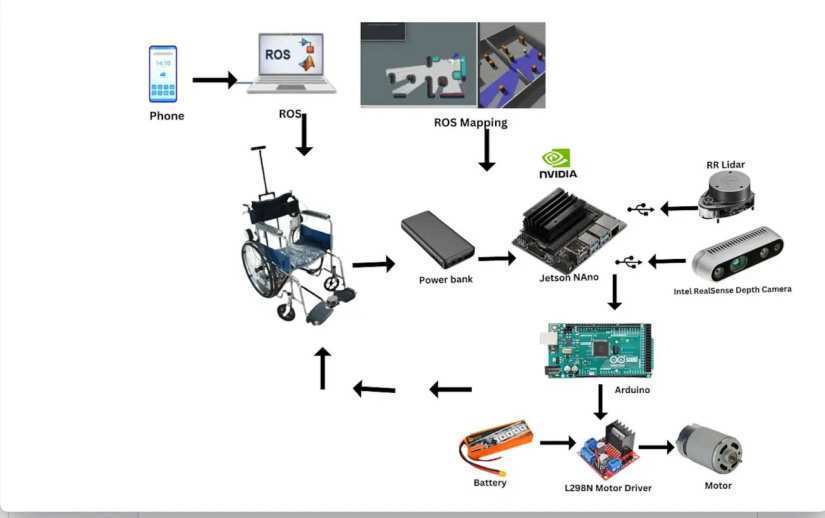
Integration of AI and Robotics
KB’s journey into the world of AI and robotics is as inspiring as it is innovative. With a background in mechanical engineering, he ventured into the realms of AI, earning certifications from the NVIDIA Deep Learning Institute. His expertise is manifested in the wheelchair’s seamless operation, where AI algorithms and real-time data processing converge to offer an unmatched user experience.
Inspiration and Vision
The project was inspired by a personal connection - KB’s cousin, who has a mobility disorder. This autonomous wheelchair is not just a technological invention but a personal quest to enhance the quality of life for his cousin and others facing similar challenges. In a country where advanced electric wheelchairs are a luxury, KB’s invention bridges the gap, offering an affordable yet technologically advanced mobility solution.
Looking ahead, KB envisions a future where the wheelchair is not just controlled by pre-set paths but can be maneuvered through brain signals. The integration of electroencephalograms (EEGs) connected to machine learning algorithms could revolutionize the user experience, offering control through mere thought – “I want to go there,” and the wheelchair complies.
Watch Ian disucss the AI-powered wheelchair in this episode of the Electromaker Show
Technical Dive
The technical sophistication of KB’s autonomous wheelchair is a blend of innovation and practicality. The wheelchair is anchored by the NVIDIA Jetson Nano Developer Kit, a powerhouse of processing that handles real-time data from various sensors and cameras. This section unravels the technical components and the intricate processes that make autonomous navigation a reality.
AI Algorithms and Object Detection
The wheelchair employs YOLO object detection, a state-of-the-art technology ensuring efficient and accurate obstacle detection. Integrated with the Robot Operating System (ROS), a flexible framework for writing robot software, the wheelchair is endowed with the capability to perceive, map, and navigate its environment with precision.
The real-time processing speed of the NVIDIA Jetson Nano ensures that there are no delays or lags for the user, offering a seamless and responsive user experience. Every aspect of the wheelchair’s movement is meticulously calculated, ensuring safety and precision in navigation.
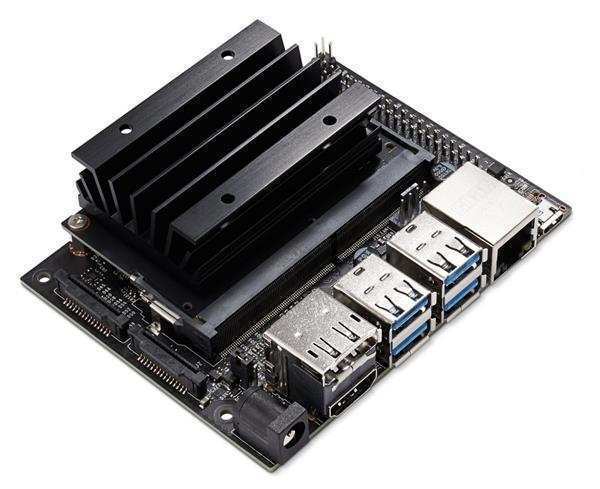
NVIDIA Jetson Nano Development Kit-B01 is currently available in the Electromaker Shop
Environment Perception and Mapping
The integration of lidar and depth cameras enhances the wheelchair’s spatial awareness. These technologies work in unison to create a detailed 2D map of the surroundings, facilitating the planning of collision-free paths. Users are thus assured of a safe journey, where obstacles are detected and avoided in real-time.
KB’s expertise in AI and robotics is evident in the wheelchair’s autonomous navigation system. Users can input their destination, and the wheelchair autonomously navigates the pre-programmed paths, a testament to the seamless integration of hardware and software in this innovative project.
Future Enhancements
KB is not resting on his laurels. He envisions enhancing the wheelchair’s functionality by integrating brain signals from electroencephalograms (EEGs) connected to machine learning algorithms. This advancement could enable users to control the wheelchair by mere thought, marking a significant milestone in the quest for enhanced mobility and independence for individuals with disabilities.
Closing Thoughts
KB’s autonomous wheelchair epitomizes the convergence of technology, innovation, and compassion. It’s a testament to the transformative power of AI and robotics, not just as fields of technical exploration but as avenues to make tangible, positive impacts on people’s lives. The wheelchair, powered by the NVIDIA Jetson Nano Developer Kit, is a beacon of hope and a step forward in the quest to enhance mobility and independence for individuals with disabilities.
The project underscores the potential of AI and robotics to transcend conventional boundaries, offering solutions that are not just technologically advanced but also humane and considerate. KB’s journey, his inspiration, and his unwavering focus on leveraging technology for the greater good is a narrative that resonates beyond the realms of innovation and invention.
As we reflect on the autonomous wheelchair’s technical sophistication, user-centric design, and the personal narrative that fueled its creation, we are reminded of the boundless possibilities that lie ahead. In the intersection of technology and humanity, projects like KB’s autonomous wheelchair illuminate the path – a journey where innovation, compassion, and practical utility walk hand in hand.
In the evolving narrative of AI and robotics, the autonomous wheelchair stands as a chapter where technology meets empathy, innovation meets necessity, and where every stride forward is a step closer to a world where mobility is not a privilege, but a basic right accessible to all.
Did you enjoy this article?
Make sure you subscribe to The Electromaker Show for similar content and subscribe to our monthly newsletter!





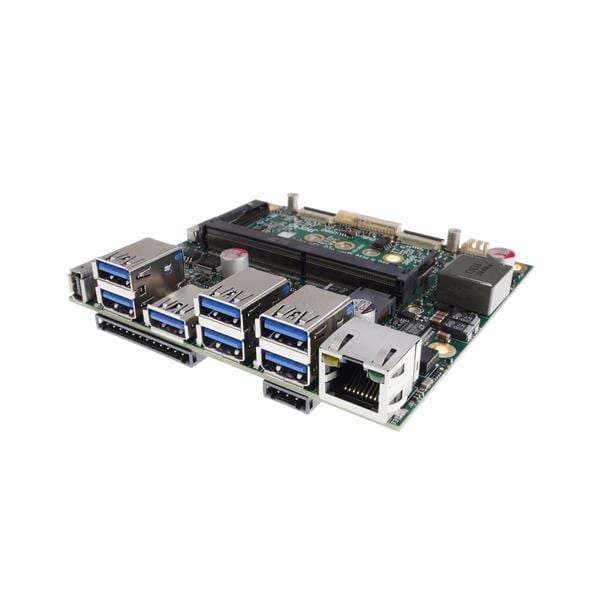

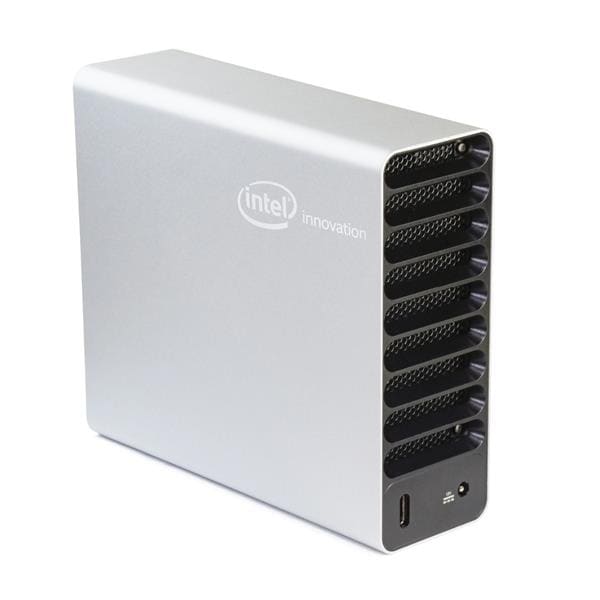
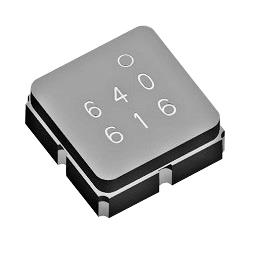
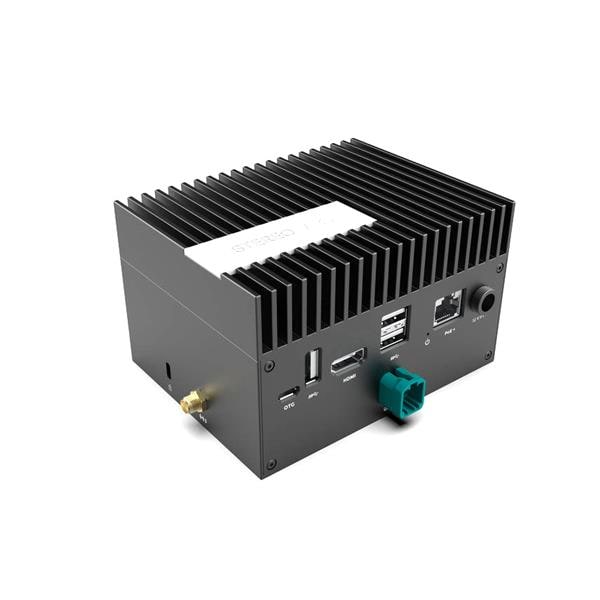
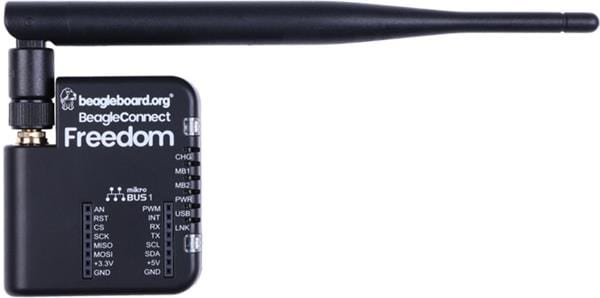
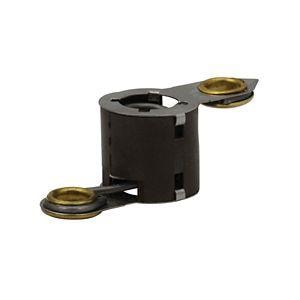
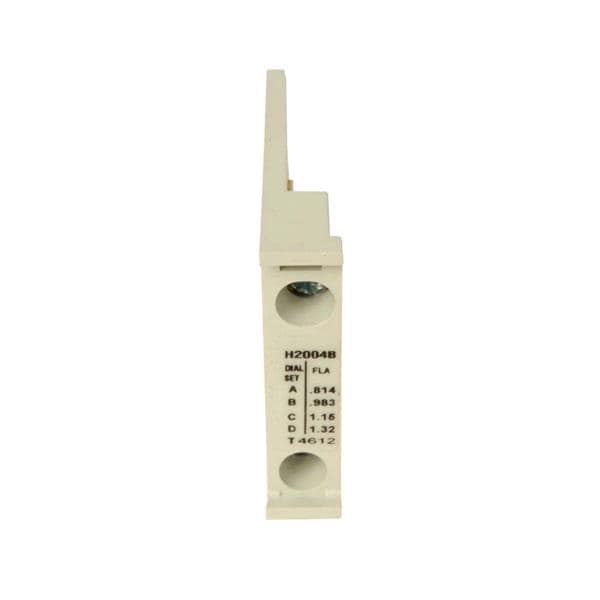
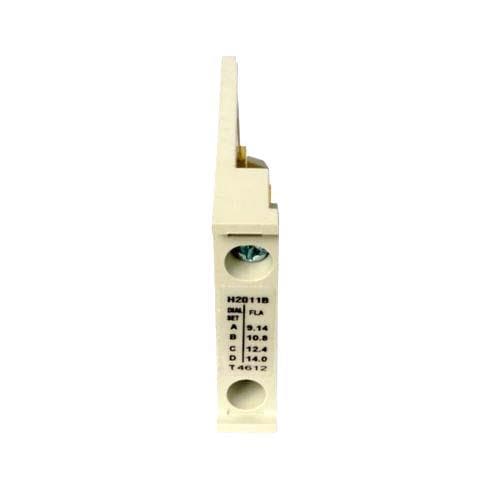
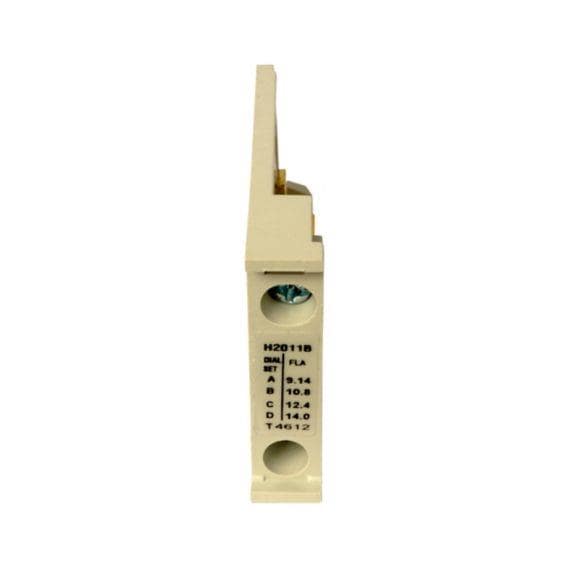
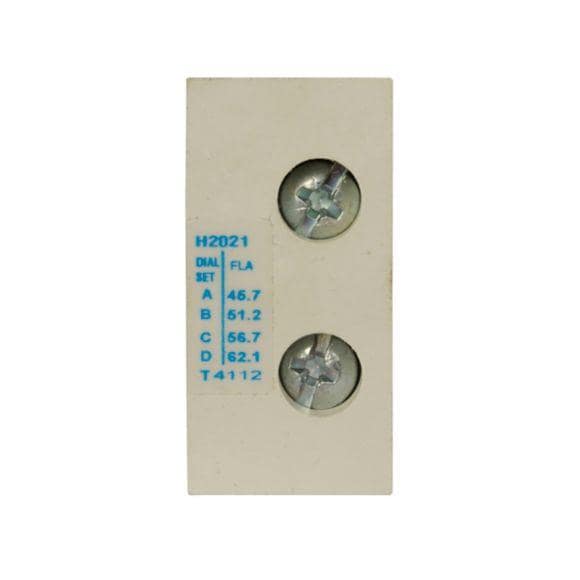
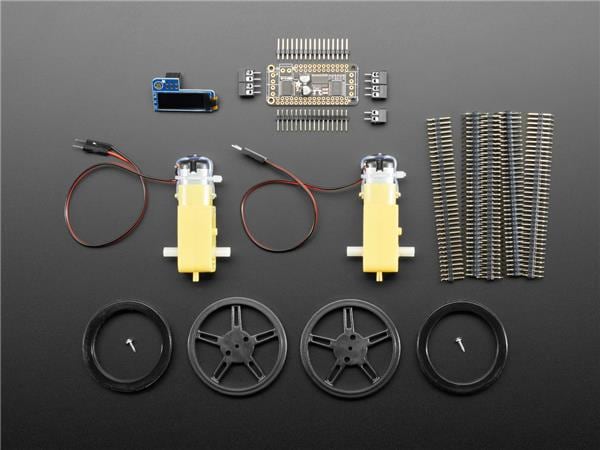
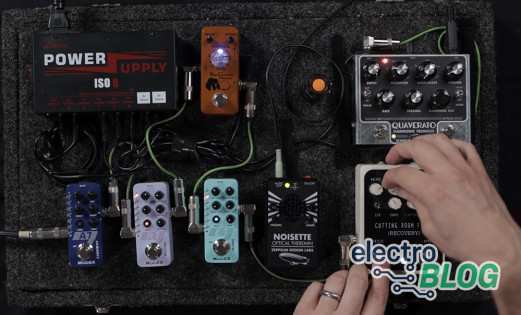
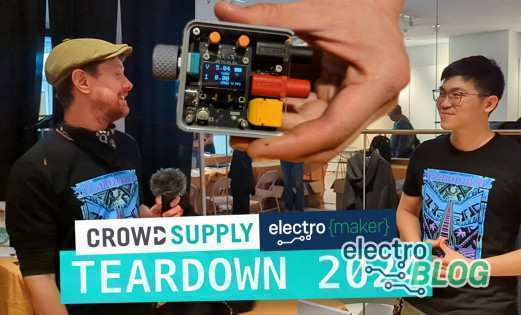

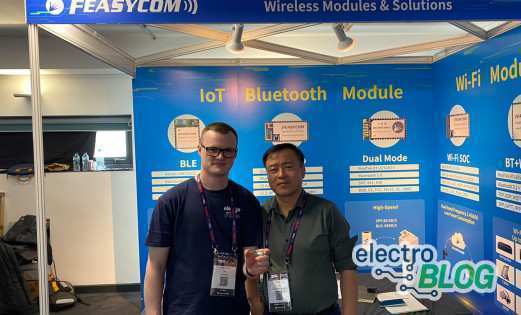

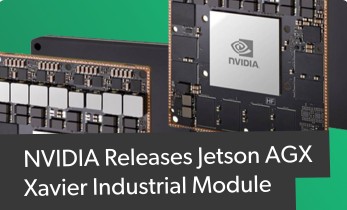
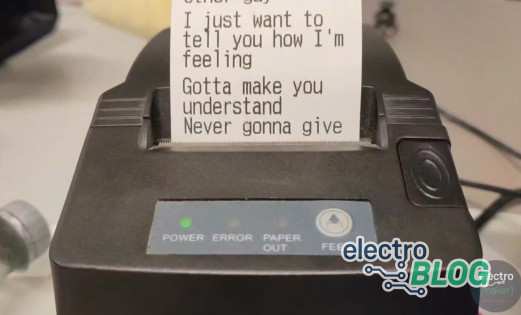
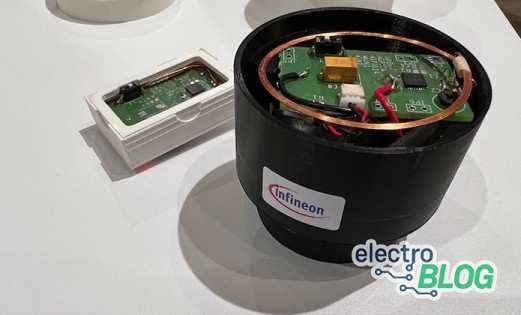
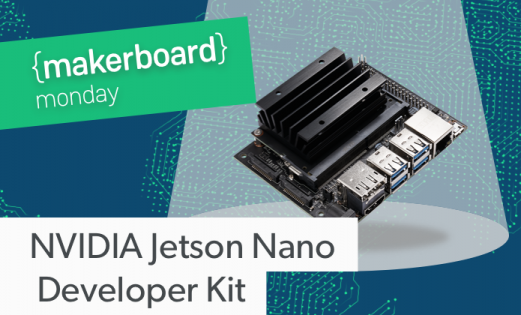
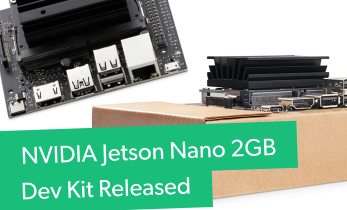
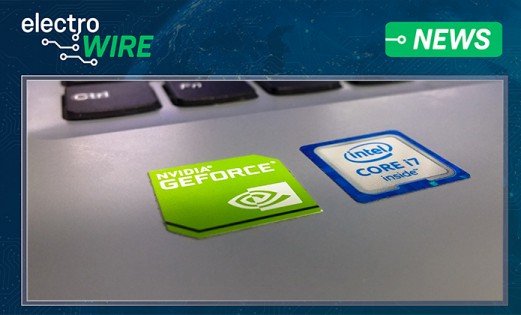

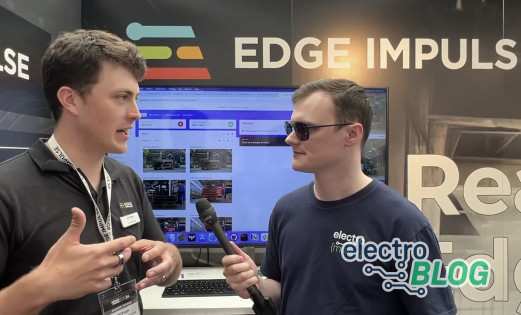
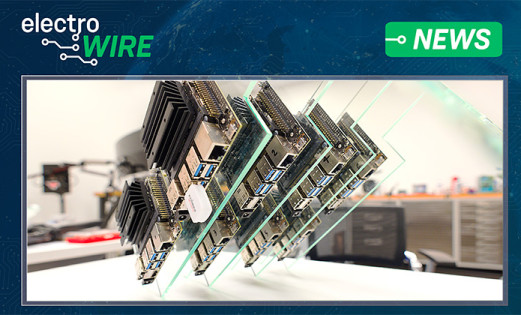

Leave your feedback...